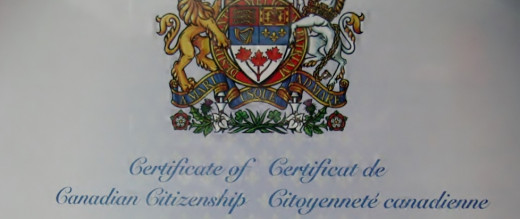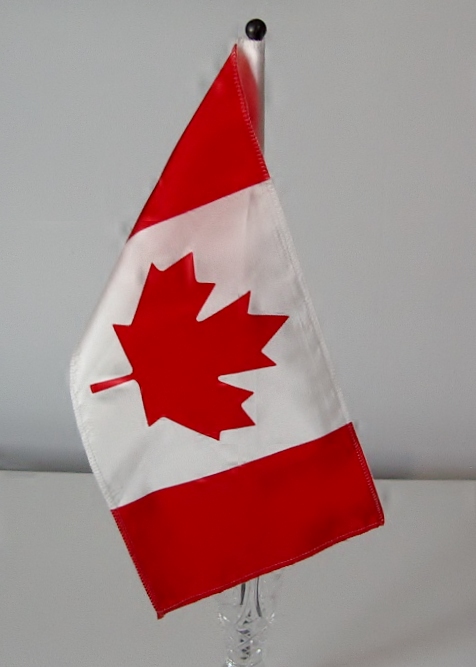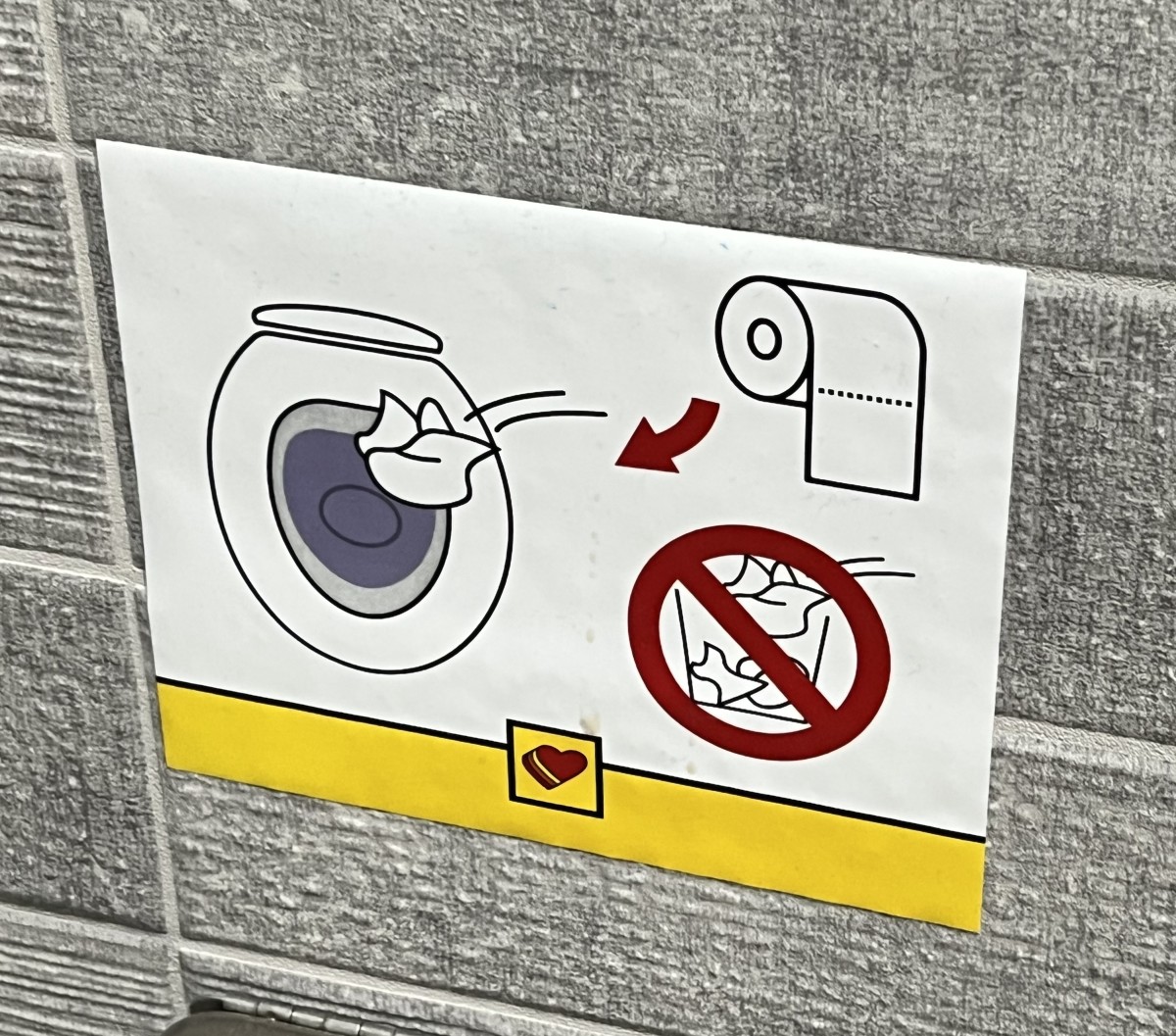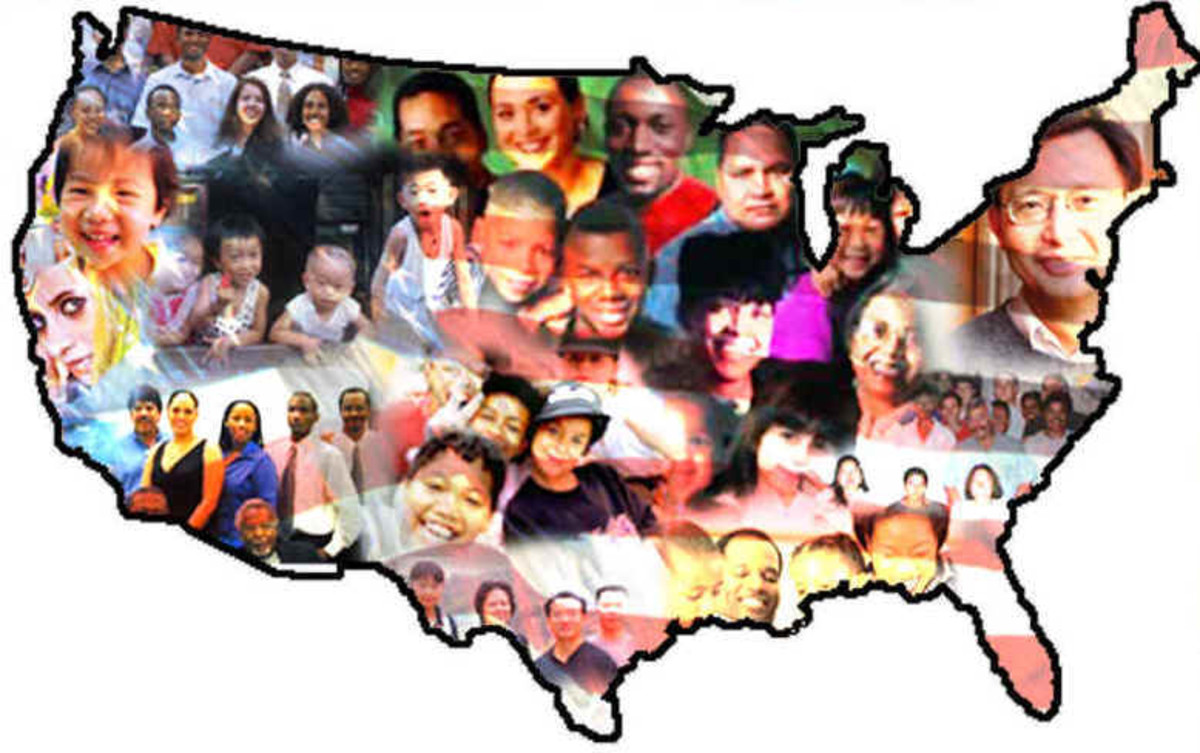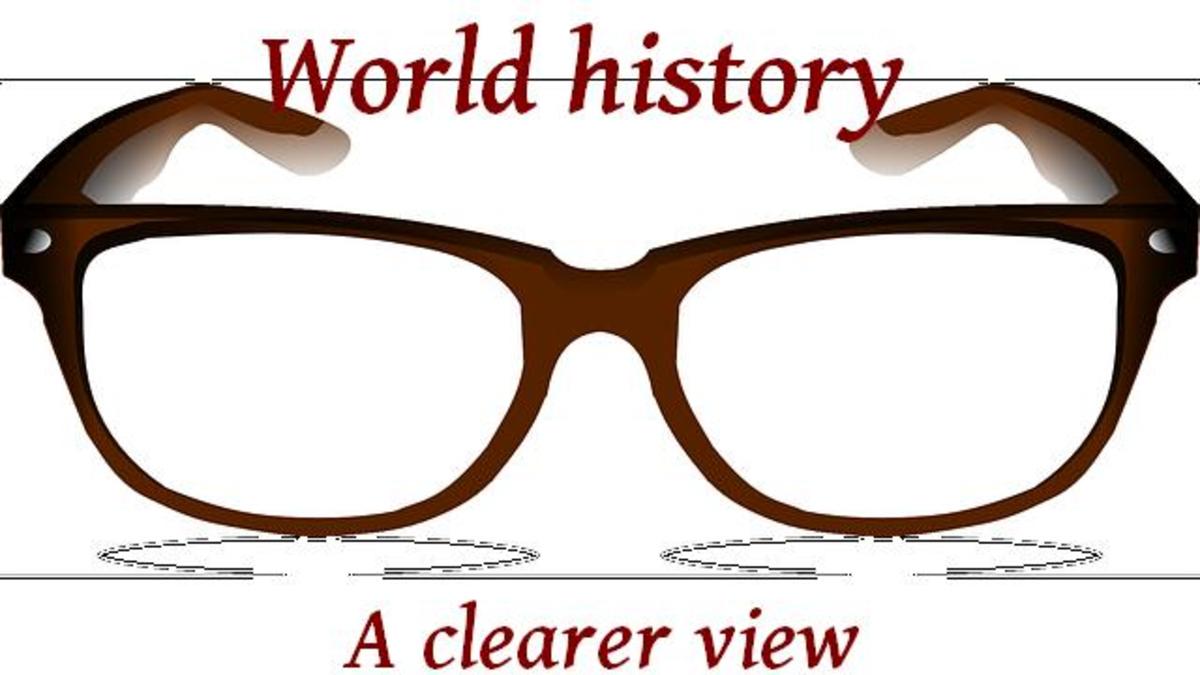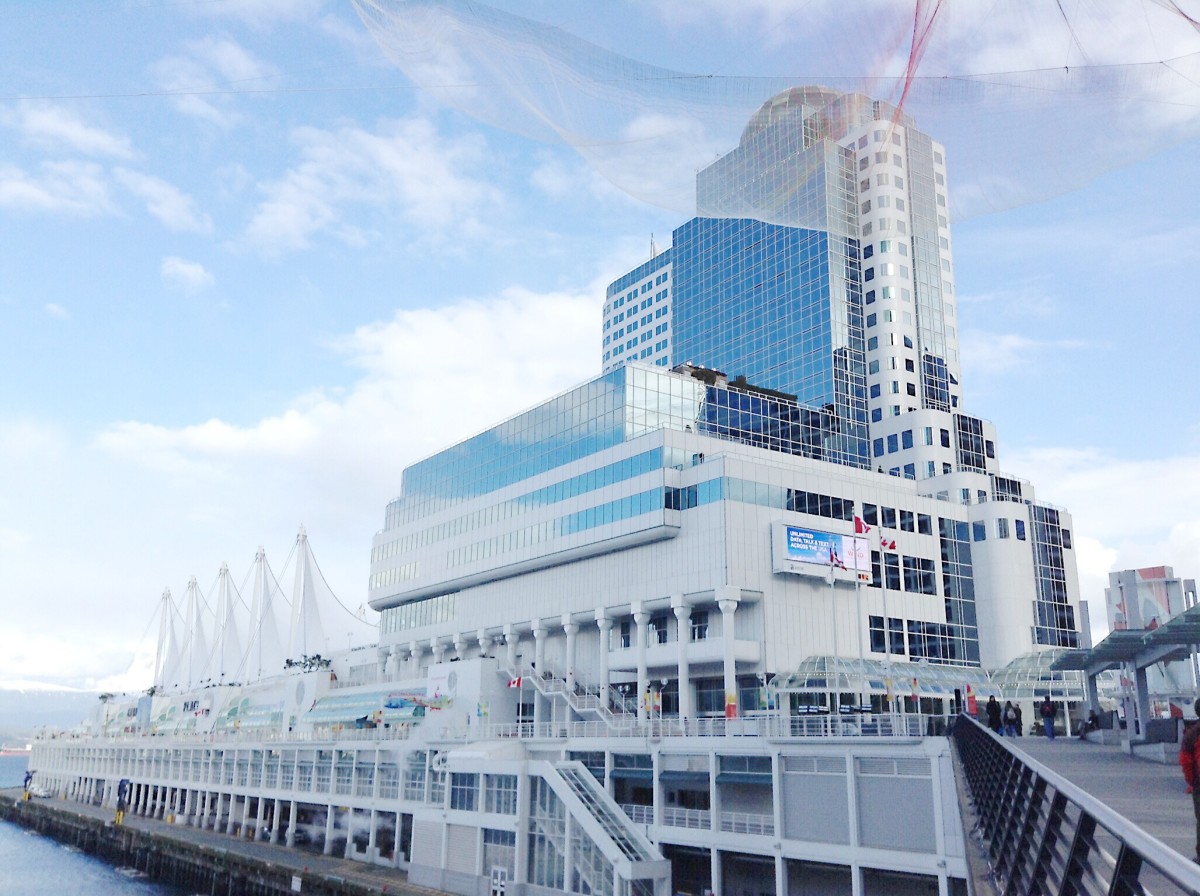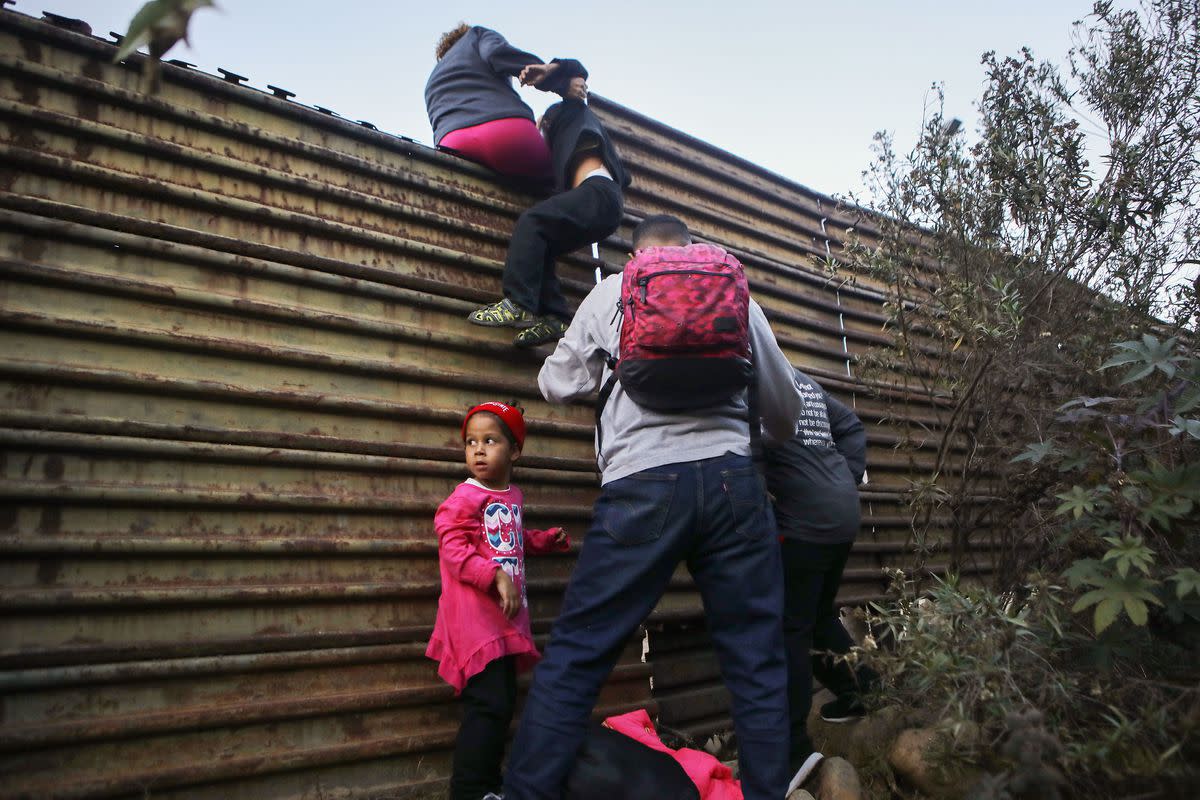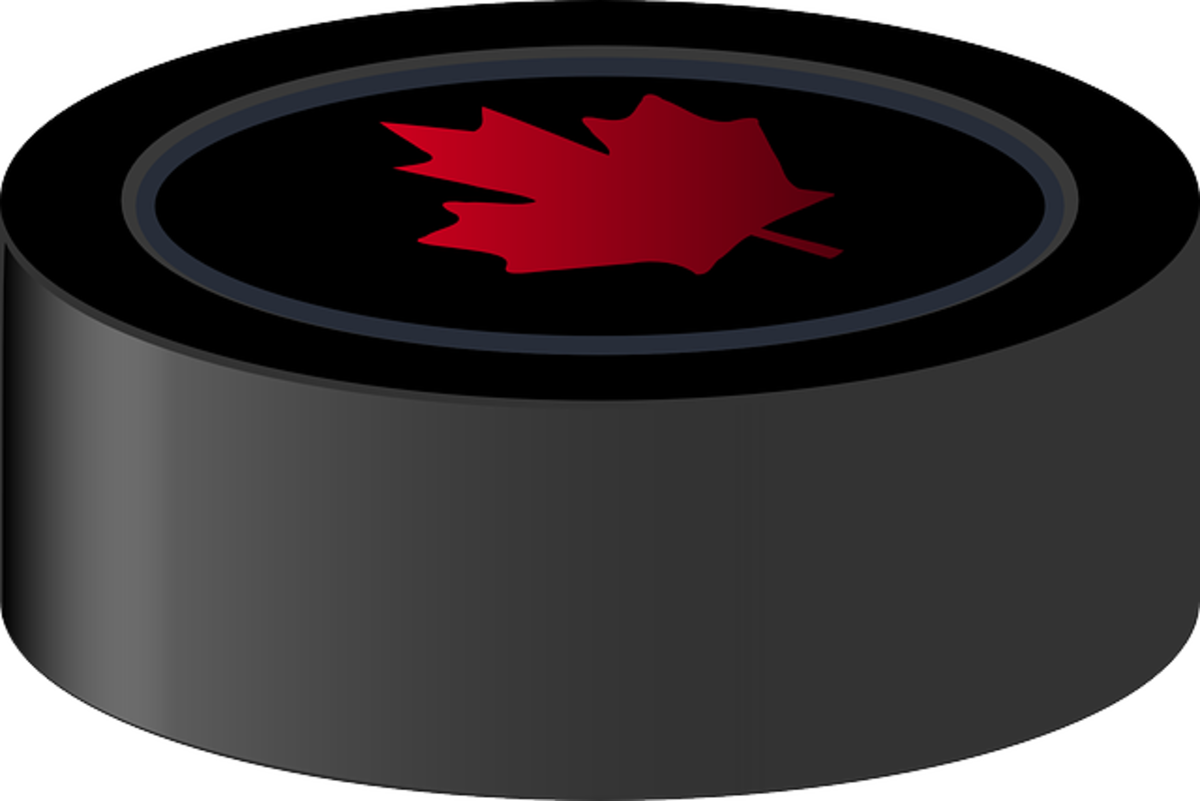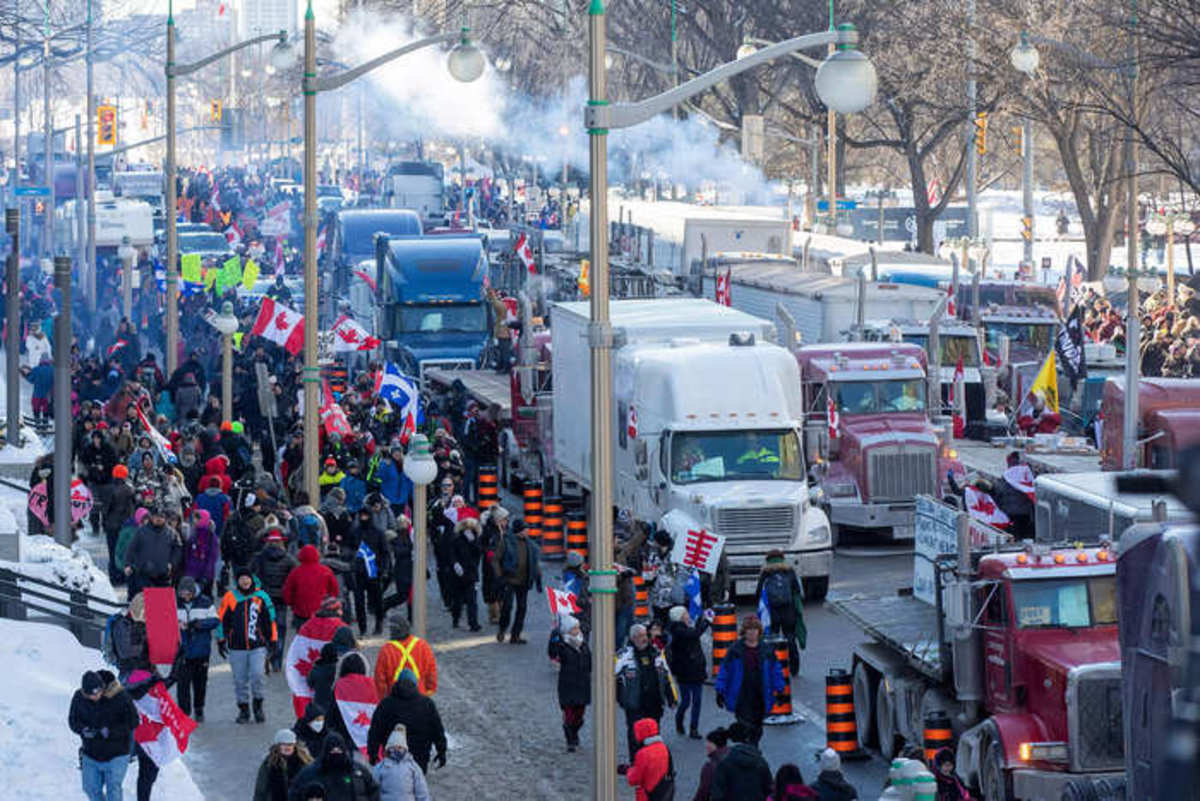Becoming a Canadian Citizen
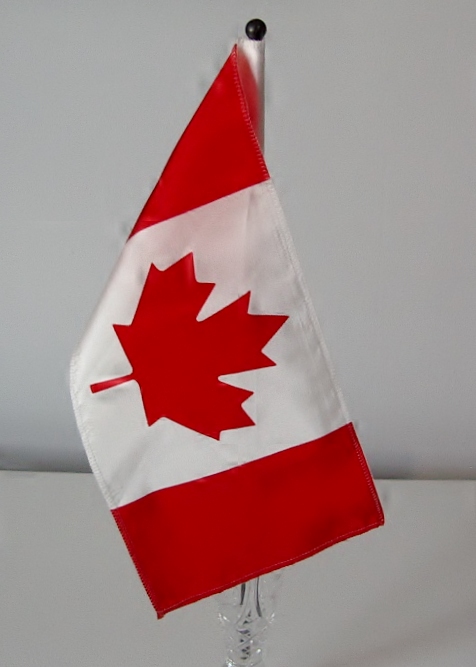
Taking the Oath
Leaving your home country and moving thousands of miles with your family to set up in a foreign land is a courageous move. Knowing that you may never see friends or relatives again, especially if there is religious or political strife in the land of your birth, takes guts. It is difficult for those of us who haven’t gone through such dangers, to understand; but what we do understand is that you made the perfect choice in choosing Canada as your new Homeland.
Once you satisfy the immigration authorities of your identity and your reason for moving to Canada, you will be given an Immigration Record of Landing (IMM1000) document and later you will receive a Permanent Resident card, commonly known as the Landed Immigrant card. With the Permanent Resident card an immigrant can work and live in Canada, and even join the armed forces. Over the years millions of people have lived, worked, brought up families, and died in Canada holding nothing more official than a Permanent Resident card – but, a Permanent Resident can be deported.
What a Permanent Resident can’t do is Vote, Run for Elected Office, or hold a Canadian passport. If a Permanent Resident wishes to do any of these three things, he or she must become a Canadian Citizen. As most Canadians refer to immigrants as Landed Immigrants, it gives the immigrant a feeling of being in limbo. They are thousands of miles from the country of their birth, and although they are still citizens of that country, it is a feeling of not belonging that makes most immigrants apply for Citizenship, instead of simply staying as Landed Immigrants - that and the yearning for a Canadian passport so that they can escape to Florida in the winters.
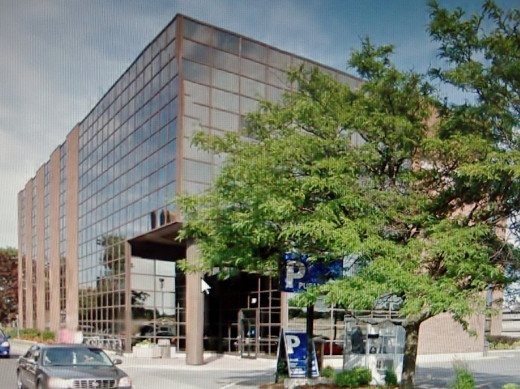
Ottawa’s, Citizen and Immigration Canada (CIC), is at 200 Catherine Street, Ottawa.
Log onto Google Maps and enter ‘200 Catherine Street, Ottawa, Ontario.’ (Make sure you enter ‘Ontario,’ as there is an Ottawa in Illinois with a Catherine Street.) If you chose the satellite image, you should have an image of the CIC building to the left of the maps, and you will see that 200 Catherine Street is a step up from the typical, faceless official building. If the image of the building isn’t visible, choose ‘street view,’ and you will be able to see it without difficulty. Still on Google Maps, you will see how close to the Trans-Canada Highway, the CIC is.
Coming in from the South or East on the Trans-Canada Highway (417), you will see that Exit 119 will take you onto Catherine Street.
After leaving the 417 drive straight across Metcalf Street and O’Connor Street and the CIC is on your left hand side – before getting to Bank Street. There is a public car park at the CIC, but it is nearly always full and has cones placed across the entrance. Keep driving over Bank Street, and you will see another public car park on your left at the top of a slight rise. Use this car park.
Coming from the West or North on the 417, you will see that Exit 120 takes you onto Kent Street.
Parking Tickets
After coming off the 417, turn right at the first set of lights you come to on Kent Street. This will take you onto Catherine Street. The CIC is on the next block, but, as already mentioned, the public car park at the CIC is invariably full, so use the first public car park you come to on your right hand side
The car park has a strange parking-ticket machine, which is supposed to take cards and notes - supposed to - but it definitely takes coins. Allow for a 2 hour stay, so make sure you have plenty of change; when you get the ticket from the machine place it on your car dashboard so that it can be read by an attendant.
Walk back along the Catherine St. sidewalk and over the Bank St. junction, and you will see the CIC building on your right. The CIC building has its street number ‘200’ prominently displayed - you can’t miss it.
If you live in the city, you will know where the CIC is, and will be able to catch a bus or hire a cab if you have no transport of your own.
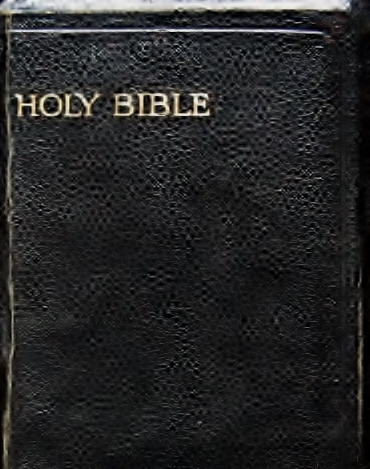
Holy Book to Swear On
When you enter the CIC entrance hall, you may find it full of immigrants having their photographs taken. You want the next level up, and the stairs are on the corner of the room. There is also an elevator if you are prepared to wait.
On the first floor, you will be met by a staff member who will tell you what is happening and where you can sit until it is time. [The staff members are from every ethnicity, and not only are they multilingual, they are the most efficient and caring people I’ve ever met. From the beginning, you will be aware that this is not going to be a ‘next please, here’s your number, you’re a Canadian,’ event.] This ceremony will actually mean something. Remember to take your Holy Book, to swear on.
You will already be aware that you are allowed to bring guests, and that the media may be there, taking photographs - and everybody else there will be taking photographs, and videos. After your documents have been checked, you will be ushered through to your seat.
The hall where the ceremony takes place is like any other room you’ve been in for speeches or seminars. There are approximately 175 seats – 10 rows of two abreast on the left hand side stretching towards the far end of the hall. On the right hand side, there are 10 rows of 5 abreast, facing the same way. In the centre of the hall there are 10 rows of 10 abreast stretching towards the far away podium where the Judge will be sitting. The left hand and right hand seats are for guests, and they are ushered into the hall first.
The seats in the centre of the hall are for those who are going to take the Oath. On these seats, will be pamphlets, a small Canadian flag, and a booklet entitled ‘Symbols of Canada’.
Before the ceremony, the Judge’s assistant will tell you what is going to happen, and in what order. You will also be asked to switch off all cell phones, and remove any noisy or unruly children from the hall. The ceremony itself is emotional, so take plenty of tissues with you, and don’t be embarrassed if you do choke up; everybody else will be doing the same.
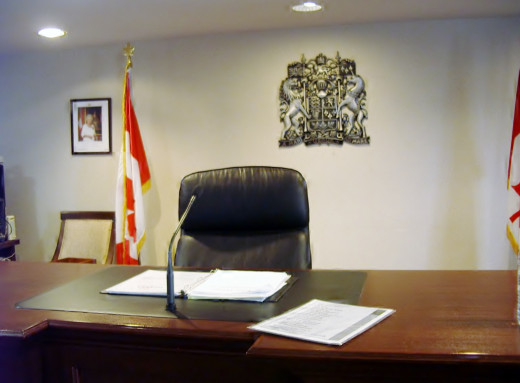
'Babies are Born to Love'
You will be asked to rise for the robed Judge’s entrance; after he steps up onto the podium, he will ask you to be seated.
The Judge will then give an impassioned speech about Canada and what it means to be Canadian. The speech will be given in English and French
The Judge’s sincerity is obvious; his tone of voice and physical movements are emotional in themselves, as he welcomes incomers and tells them how fortunate they are to have chosen a nation where man can marry woman, man can marry man, woman can marry woman and it doesn’t matter a damn what colour your skin is. Canada is truly multicultural, and it always will be. He will remind you of a quote –
‘Babies are born to love; they have to be taught to hate.’
The Judge will urge ethnic groups to get together. He will emphasise what he means by this comment by explaining that immigrants normally stay with their own kind. Arabs stay with Arabs and Italians stay with Italians. This causes divisions in a city by having Italian sections and Arab sections. He will urge you to mix with other races and talk to each other, “Much as you are doing right now. Spread honesty and love throughout this wonderful nation.”
Suck it Up
You will then be told that you are going to take the Oath of Citizenship. The Judge will explain that within the pamphlets that are on your seat, you will find the words of the Oath in English and in French, and how the Oath must be taken in both official languages. He will then tell you to take your Holy Book in your left hand and raise your right hand. He will explain that you must repeat the Oath after him. He will invite any of the Canadian guests who wish to reaffirm their Oath to stand up and raise their right hands at the same time.
As you give your oath of allegiance to the Queen, the multicultural, multilingual staff pace up and down to make sure you really do take the Oath of Citizenship.
After your Oath, everybody is invited to stay standing up and sing the national Anthem. The National Anthem is printed in your pamphlet in both languages. You can sing the Anthem in either of the official languages, or a combination of both.
What happens next is that rows of new Canadians parade up to the Judge who shakes their hand, congratulates them and then presents them with their Certificate of Canadian Citizenship. Later, after everybody has been presented with their Certificate, you will have a chance to stand up beside the Judge and have your photograph taken holding your Certificate.
If it is the middle of winter when you leave the building, with piles of snow 25 feet high along the street, and a real-time temperature of -26C, with a wind-chill of -39C and you are tempted to complain about the cold? Forget it! You are now a Canadian – SUCK IT UP!
